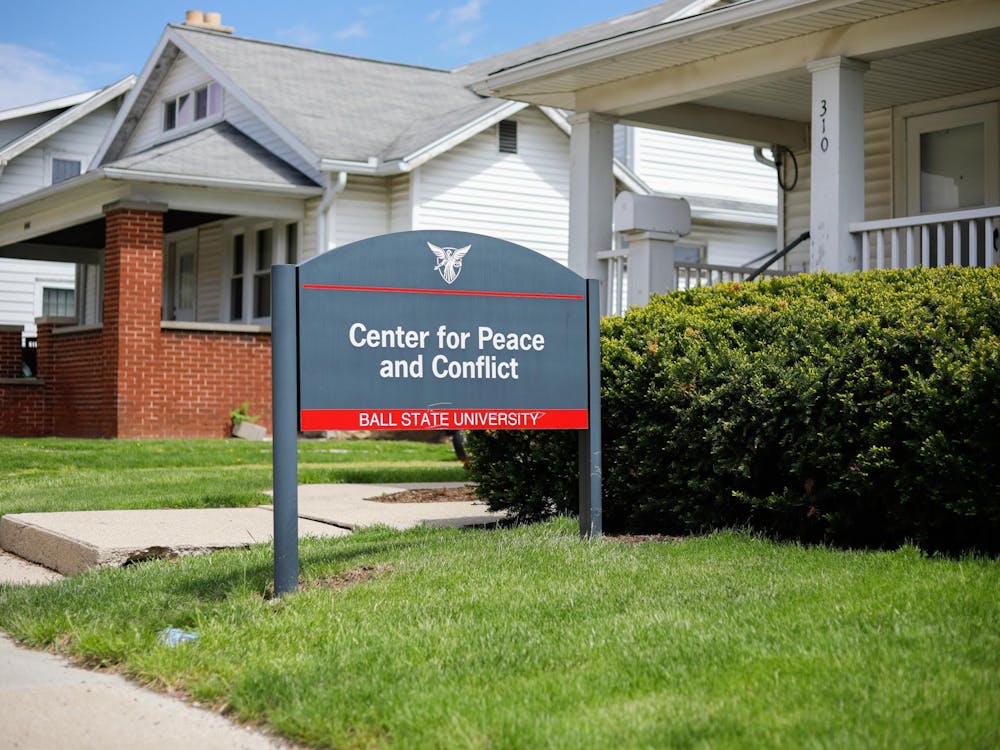The sudden resignation of President Ferguson after only 541 days in office prompted many Ball State University students to openly express their disapproval of the decision. Not because he was gone, but because they were not told why he was gone.
Students would be paying for the termination of his contract, as well as the search for a new president. They wanted answers, not political, PR-driven explanations.
Carli Hendershot, a political science major and the organizer of the student sit-in on January 29, made the opening remarks. She requested that the board put aside their politics and be open and transparent with the students. Like many other students and faculty members who had voiced their opinions after the seemingly quick and secretive decision, she demanded answers.
But she and the other students didn’t get them.
Students are still left to wonder why Ferguson resigned, why the decision was secret, and why the reputation of Ball State was put on the line. But students deserve answers to other issues with transparency on this campus that have nothing to do with Ferguson.
How much money Ball State receives, the source of that money, and how different departments of the university are funded are all areas that directly affect students at Ball State.
Yet these sectors of funding are also areas that students typically don’t know the numbers for. Instead of concrete and specific answers, students are often given generalizations or vague explanations about how their university is financed.
Thomas Harnisch, the director of state relations and policy analysis for the American Association of State Colleges and Universities. “More students want to get into higher education, but the states just haven’t kept up their end of the funding.”
Thomas said that states are able to cut funding for higher education because colleges and universities can make up for lost funding by charging more in tuition. It’s easier for states to cut higher education funding because they can balance their budgets without raising taxes.
The amount of funding that states contribute to public colleges and universities for each full-time student has decreased by several thousand dollars in the last few decades. In 1987, states contributed $8,497 per full-time student. In 2012, that number was $5,906, according to a 2014 report by the American Association of State Colleges and Universities.
The decrease in funding from states shifts the cost to students and families in the form of increased tuition and fees. The higher price of college may lead to more student debt for those who cannot afford tuition without taking out student loans.
Although students are paying more, the amount that is spent per student at public colleges and universities has been relatively flat over the last decade, Thomas said. A January 2016 Delta Cost Project report confirms this. The report found that spending per student at a public four-year institution only increased around 2-3 percent between 2012 and 2013 – the largest increase since 2008.
Colleges are not spending more per student, and states are contributing less per student. But students often offset the cost and continue to pay more than the state does.





